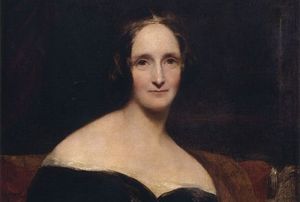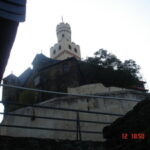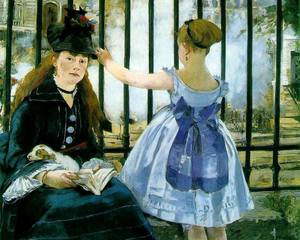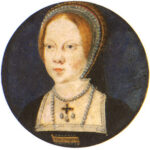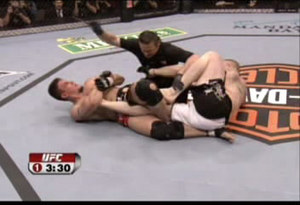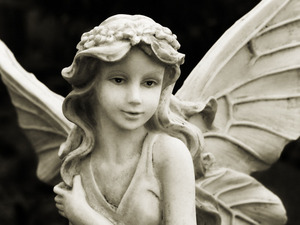One advantage of military service is that you often get the opportunity to visit places that you otherwise might never see. In the case of our family, we had the opportunity to spend three wonderful years in Germany.
We were there from 1975 until 1978; during the time when the German people still love Americans on the whole. We spent the first year and a half living in a wonderful little German village. After that, we lived on base for the remainder of our stint there.
Every weekend, the family went traveling around the country to view the beautiful sites. One of our favorite things to do was to visit the stunning castles of Germany.
One of our favorite castles was Frankenstein’s Castle, just outside of Darmstadt, Germany. The kids, of course, went into the castle fully ready to experience the horror of the Frankenstein monster. No amount of explanation that Victor von Frankenstein never really existed deterred them from their determination to get to the bottom of where the monster was hiding.
Imagine our surprise to find out that there was an element of truth to Mary Shelley’s story. Although, in bulk, it was an work of fiction, the author based the main character of Victor on an actual inhabitant of Frankenstein’s castle.
Many know the story around which Shelley conceived her most famous piece of work. It was 1816; a year of weather upheaval. The summer was stormy and difficult. Consequently, many were remaining fairly close to home and entertaining friends for fun and excitement.
Such was the case of Mary and Percy Shelley and their friend, the poet Lord Byron. One of their favorite pastimes was passing the time by telling ghost stories. All three of them excelled in this endeavor; constantly trying to outdo the one before them.
Their competition eventually escalated to the point where Byron dared Shelley to write a ghostly tale of horror. Whichever one of their stories was the scariest would, of course, be the winner. It was a bet that Shelley was destined to win as she went on to pen the horror classic “Frankenstein.
History indicates that Mary and her then boyfriend Percy Shelley traveled to the area around Darmstadt, Germany during the summer of 1814. Many scholars suspect that it might have been during that time that she was exposed to the story of a local legend by the name of Johann Konrad Dipple.
Dipple was born in 1673 in the Frankenstein Castle. He, much like Shelley’s character Victor, was somewhat of a rogue student at the university. He had the habit of questioning his professors, arguing with their hypotheses, which he considered archaic, and espousing his own radical theories.
He told everyone that he learned very little at the university. Perhaps this is best exemplified by his thesis which was entitled De Nihilo. The translation for that is On Nothing.
Considering himself already far more educated and smarter than many of the college professors of the day, Dipple went on to travel the country lecturing on his own ideas and areas of interest. These included divinity, astrology, and alchemy. He quickly became known as an alchemist; a term that held some negative connotation during the day.
Dipple eventually settled back into the Frankenstein Castle where he used his alchemy skills to experiment on an elixir that could prolong life. Rumors soon began to circulate that Herr Dipple was experimenting on corpses that he had dug up from a nearby cemetery.
The exact nature of Dipple’s experiments was never discovered, but many believed that he – – like Frankenstein – – sought to bring back the dead. However, records found in Dipple’s own handwriting indicated that he was actually trying to extend existing life. It is, therefore, unclear the role that corpses might have had within the alchemist’s experiments.
On April 24th, 1734, Konrad Dipple was found dead in his laboratory, reportedly from drinking his own life-extending potion. No other dead bodies were found in the castle at the time. However, it is reported that there were some unexplained human bones found buried on the property. Where they came from or to whom they originally belonged was never determined.
It stands to reason that, while visiting the German village in the summer of 1814, Mary Shelley might have heard the many stories surrounding the castle and its most notable inhabitant. If so, it makes sense that she could easily weave the character of Johann Konrad Dipple into the similar character of Victor von Frankenstein. Certainly the parallels between the two men were unmistakable.
For more information on Frankenstein’s Castle, look for my coming article “The Truth Behind Frankenstein’s Castle.”
